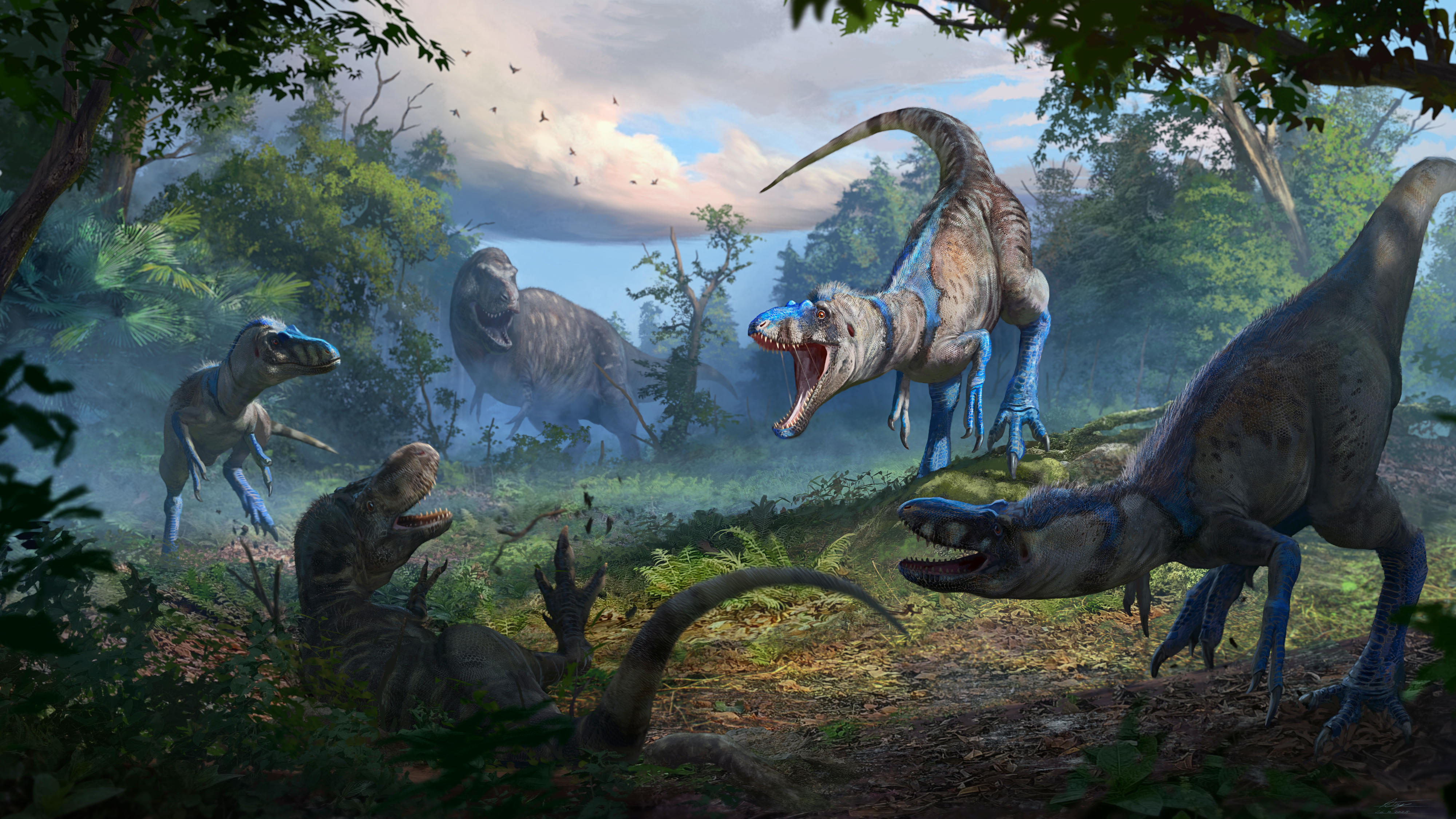Media release
From:
A small-bodied dinosaur called Nanotyrannus, which was previously assumed by some to be a juvenile Tyrannosaurus rex, was instead a distinct genus, according to research published in Nature. The findings, based on fossils found in the Hell Creek Formation of Montana dating to the very latest Cretaceous period (approximately 67 million years ago), indicate that dinosaur diversity was rich in this region prior to the asteroid impact that caused the mass extinction of dinosaurs and other creatures.
A small tyrannosaur skull, given the name Nanotyrannus lancensis, has been a source of debate for at least four decades. Subsequent research suggested that this dinosaur was a juvenile T. rex, as it was argued to possess characteristics otherwise seen only in this species. If the juvenile T. rex hypothesis is incorrect, existing assumptions about T. rex and the composition and structure of the ecosystem it which it lived would need to be revisited.
A new, complete skeleton of a tyrannosaur from Hell Creek Formation is described by Lindsay Zanno and James Napoli. The specimen is distinguishable from T. rex and shares features with N. lancensis, which confirms the latter is a separate genus. Analysis of the bones indicates that they are mature — near fully grown — rather than juvenile, demonstrating that there is a notable difference in adult size between N. lancensis and T. rex: the former has a maximum estimated weight of around 700 kg, as compared with around 6,700–8,200 kg for the latter. Modelling also suggests that Nanotyrannus had different bone-growth trajectories than Tyrannosaurus, which adds to the evidence that they are distinct dinosaurs. In addition, the analysis of N. lancensis enabled reanalysis of previously discovered specimens, which identified a separate species in the genus that the authors name Nanotyrannus lethaeus.
These results establish the possibility that at least two distinct species of predatory dinosaur coexisted with Tyrannosaurus within one million years of the end-Cretaceous extinction, which suggests that dinosaur diversity was rich at the time. The findings could have important implications for tyrannosauroid evolution, the authors note. They add that the findings may prompt a re-evaluation of some hypotheses about T. rex growth and ecology that were based on previous assumptions that Nanotyrannus represented juvenile specimens of T. rex.
Multimedia








 International
International


